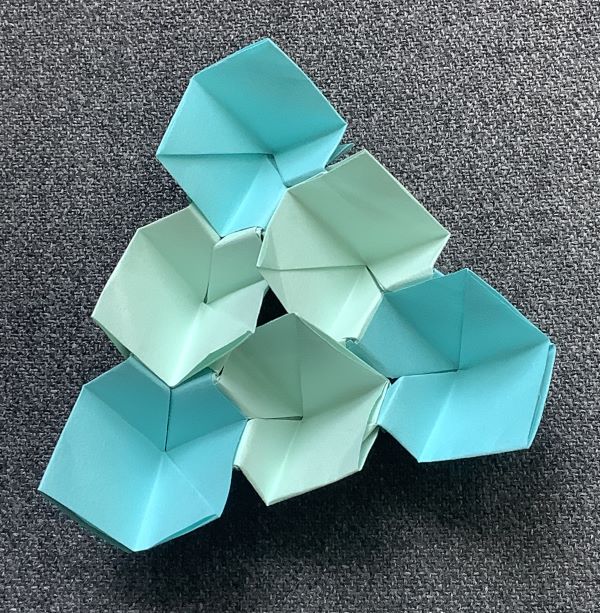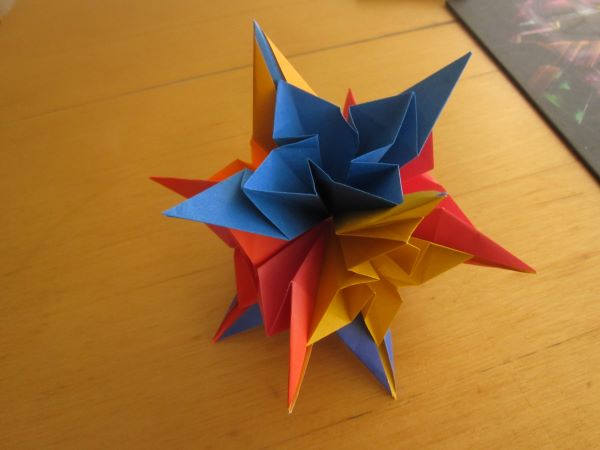This month, I wrote an in-depth article about asexuality in the DSM. There are still problems in the current edition–but the root problem is in the hearts and minds of psychologists, not in a reference book.
Concluding thoughts on “The Great Sex Rescue” | Tell me why the world is weird – Perfect Number has been doing a chapter-by-chapter review of The Great Sex Rescue, a book intended to identify and correct the many problems with sexual attitudes among evangelical Christians. Perfect Number also supplies a perspective missing from the book–the queer and ace perspective. It’s an insightful series, but if you only read one article, it should be the concluding overview.
Gentrification is a distraction and Your Comprehensive Guide to Homelessness Grift | Streeter Sweeper (videos, 57 and 99 min) – Some good videos on housing politics. I learned a lot, for example that there are many homeless kids, but you usually don’t see them because they’re prioritized for shelter. Homelessness is not correlated with weather or better homeless services (as many people have told me), but is correlated with bad housing markets.




